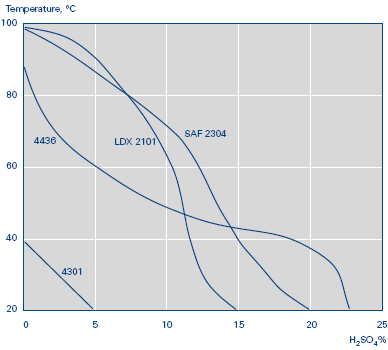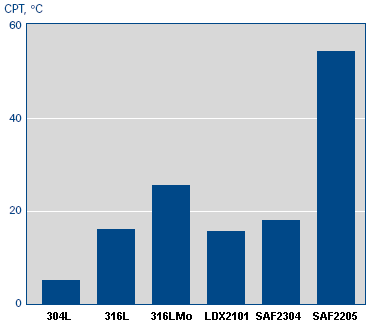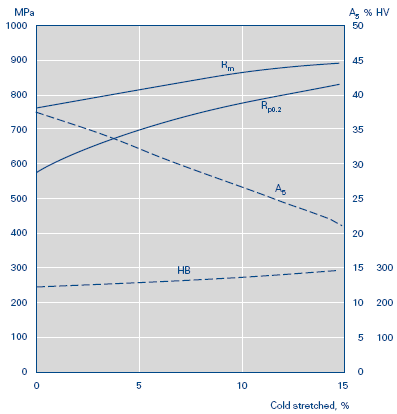1. Seamless steel tube for structure (GB / T8162-1999) is a seamless steel pipe for general structure and mechanical structure.
2. Seamless steel tube for fluid transportation (GB / T8163-1999) is a general seamless steel pipe for transporting fluids such as water, oil and gas.
3. Seamless steel tubes for low and medium pressure boilers (GB3087-1999) are used to manufacture superheated steam pipes, boiling water pipes for various structures of low and medium pressure boilers, superheated steam pipes, large smoke pipes, small smoke pipes and arch bricks for locomotive boilers Hot rolled and cold drawn (rolled) seamless steel tubes for high-quality carbon structural steel for pipes.
4. Seamless steel tubes for high-pressure boilers (GB5310-1995) are high-quality carbon steel, alloy steel and stainless heat-resistant steel seamless steel tubes for the heating surface of water tube boilers with high pressure and above pressure.
5. High-pressure seamless steel pipe for fertilizer equipment (GB6479-2000) is a high-quality carbon structural steel and alloy steel seamless steel pipe suitable for chemical equipment and pipelines with working temperature of -40 ~ 400 ℃ and working pressure of 10 ~ 30Ma.
6. Seamless steel pipe for petroleum cracking (GB9948-88) is a seamless steel pipe suitable for furnace tubes, heat exchangers and pipelines in petroleum refineries.
7. Steel pipe for geological drilling (YB235-70) is a steel pipe used for core drilling in the geological department. It can be pided into drill pipe, drill collar, core pipe, casing and precipitation pipe according to the purpose.
8. Seamless steel pipe for diamond core drilling (GB3423-82) is a seamless steel pipe used for drilling of diamond core, drill rod, core rod and casing.
9. Petroleum drilling pipe (YB528-65) is a seamless steel pipe used for both inner and outer thickening at both ends of oil drilling. There are two kinds of steel pipes: turning wire and non-turning wire. The turning pipe is connected by a joint, and the turning pipe is connected to the tool joint by butt welding.
10. Carbon steel seamless steel pipe for ships (GB5213-85) is a carbon steel seamless steel pipe for manufacturing Class I pressure-resistant piping system, Class II pressure-resistant piping system, boiler and superheater. The working temperature of the carbon steel seamless steel pipe wall does not exceed 450 ℃, and the working temperature of the alloy steel seamless steel pipe wall exceeds 450 ℃.
11. Seamless steel tubes for automobile half-shaft bushings (GB3088-82) are high-quality carbon structural steel and alloy structural steel hot-rolled seamless steel tubes for manufacturing automobile half-shaft bushings and drive axle housing axle tubes.
12. High-pressure fuel pipe for diesel engine (GB3093-2002) is a cold-drawn seamless steel pipe used for manufacturing high-pressure pipe of diesel engine injection system.
13. Precision inner diameter seamless steel tubes for hydraulic and pneumatic cylinders (GB8713-88) are cold drawn or cold rolled precision seamless steel tubes with precise inner diameters for the manufacture of hydraulic and pneumatic cylinders.
14. Cold drawn or cold rolled precision seamless steel pipe (GB3639-2000) is a cold drawn or cold rolled precision seamless steel pipe with high dimensional accuracy and good surface finish for mechanical structure and hydraulic equipment. The use of precision seamless steel tubes to manufacture mechanical structures or hydraulic equipment, etc., can greatly save mechanical processing hours, improve material utilization, and help improve product quality.
15. Stainless steel seamless steel pipe for structure (GB / T14975-2002) is a stainless steel hot-rolled stainless steel (corrosion-resistant pipe and structural parts and components widely used in chemical, petroleum, light textile, medical, food, machinery, etc.) ( Extruded, expanded) and cold drawn (rolled) seamless steel tubes.
16. Stainless steel seamless steel pipe for fluid transportation (GB / T14976-2002) is a hot rolled (extruded, expanded) and cold drawn (rolled) seamless steel pipe made of stainless steel for fluid transportation.
17. Special-shaped seamless steel tubes are the general term for seamless steel tubes with cross-sectional shapes other than round tubes. According to the different shape and size of the steel tube cross section, it can be pided into equal-wall thickness special-shaped seamless steel pipe (code D), unequal-wall thickness special-shaped seamless steel pipe (code BD), variable diameter special-shaped seamless steel pipe (code BJ). Special-shaped seamless steel tubes are widely used in various structural parts, tools and mechanical parts. Compared with round tubes, shaped tubes generally have larger moments of inertia and section modulus, and have greater bending and torsion resistance, which can greatly reduce the weight of the structure and save steel.










.jpg)
.jpg)





.jpg)